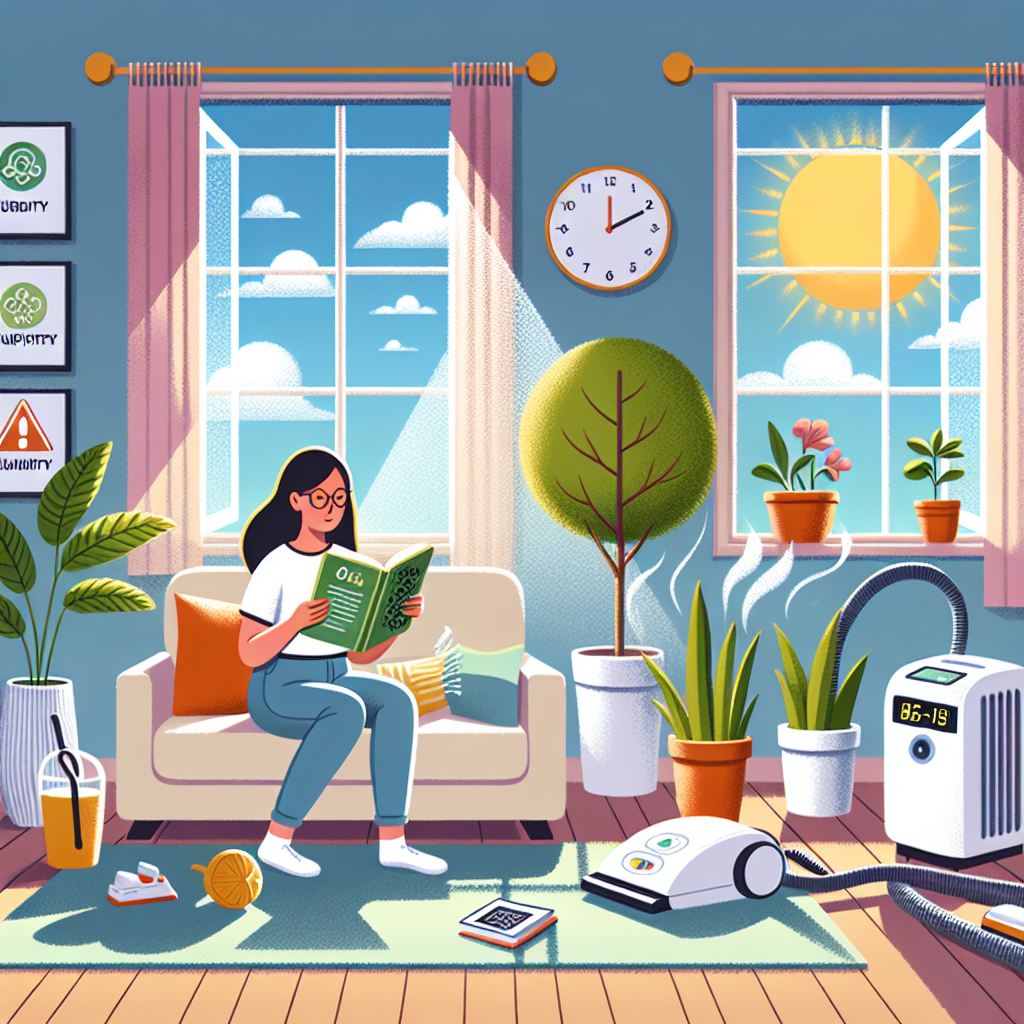Indoor air quality (IAQ) often takes a backseat in discussions about health and wellness, but its effects on our lives can be significant. From sneezing and watery eyes to chronic respiratory issues, the air we breathe indoors can carry a range of pollutants that impact our daily lives. Understanding common indoor air quality issues and how to tackle them can help create a healthier living environment for you and your family.
What is Indoor Air Quality?
Before we dive into the specific issues, let’s understand what we mean by indoor air quality. IAQ refers to the quality of the air inside buildings, especially as it relates to the health and comfort of the occupants. Factors influencing IAQ include pollutants, humidity, temperature, and ventilation.
Common Indoor Air Quality Issues
1. Dust and Allergens
Dust mites, pet dander, mold spores, and pollen are common culprits that circulate in our indoor air. The presence of these allergens can lead to sneezing, itching, and even asthma attacks for sensitive individuals.
How to Tackle Dust and Allergens
- Regular Cleaning: Vacuum carpets and upholstery regularly with a HEPA filter vacuum. Frequent dusting of surfaces can also help to reduce allergen buildup.
- Air Purifiers: Consider investing in high-efficiency particulate air (HEPA) purifiers to help filter out allergens from the air.
- Humidity Control: Keeping indoor humidity levels between 30-50% can discourage dust mites and mold growth.
2. Volatile Organic Compounds (VOCs)
VOCs are gases emitted from certain solids or liquids, including paints, cleaning agents, and furniture. Prolonged exposure to VOCs can lead to headaches, dizziness, and other health issues.
How to Tackle VOCs
- Choose Low-VOC Products: When purchasing paint, cleaning agents, or furniture, opt for low-VOC or no-VOC products to minimize indoor pollution.
- Increase Ventilation: Open windows when using products that emit VOCs or use exhaust fans to help clear the air more quickly.
- Indoor Plants: Some houseplants can help neutralize VOCs and improve indoor air quality. Consider adding spider plants, peace lilies, or snake plants to your space.
3. Mold Growth
Mold can thrive in damp areas, creating not only an unpleasant odor but also health risks such as respiratory issues. Basements, bathrooms, and kitchens are common breeding grounds.
How to Tackle Mold Growth
- Fix Leaks: Address any plumbing issues immediately to prevent water accumulation that can foster mold growth.
- Adequate Ventilation: Use exhaust fans in moisture-prone areas and encourage good airflow throughout your home.
- Mold-Resistant Products: When renovating or building, consider mold-resistant drywall and paint.
4. Poor Ventilation
Inadequate ventilation can trap pollutants indoors, leading to a buildup of stale air and moisture. This can cause discomfort and lead to respiratory problems.
How to Tackle Poor Ventilation
- Open Windows and Doors: Allow fresh air to circulate regularly by opening windows and doors whenever possible.
- Install Ventilation Systems: Consider mechanical ventilation systems or air exchangers that pull in fresh air and expel stale air.
- Check HVAC Systems: Ensure that HVAC systems are well-maintained and that filters are changed frequently to promote better airflow.
5. Carbon Dioxide Build-Up
High levels of carbon dioxide (CO2) can be a concern, especially in tightly sealed homes. Elevated CO2 levels can lead to headaches, dizziness, and impaired cognitive function.
How to Tackle Carbon Dioxide Build-Up
- Improve Airflow: Increase ventilation by cracking windows or using an air exchanger to maintain fresh air circulation.
- Monitor Indoor Air Quality: Consider using a CO2 monitor to keep track of levels and adjust ventilation as needed.
- Houseplants: While they shouldn’t solely rely on houseplants, having more greenery indoors can help absorb CO2 and improve air quality.
Conclusion: Breathe Easier at Home
Taking steps to address common indoor air quality issues can significantly improve your home’s atmosphere and your overall well-being. From reducing allergens to promoting proper ventilation, being proactive can help keep your indoor environment healthy.
Remember, maintaining good indoor air quality is an ongoing process. Regular cleaning, selecting appropriate products, and monitoring the environment will go a long way toward creating a safe space for you and your loved ones. By putting these tips into action, you’ll not only improve air quality but also enhance the comfort and health of your indoor sanctuary.
If you have any additional concerns about your indoor air quality, consulting with a professional service can provide further insights tailored to your home. Breathe easier knowing that you can take charge of your indoor environment!


